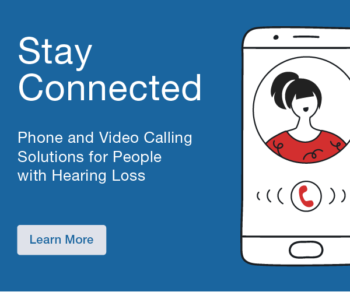Cochlear implant candidacy and utilization have undergone significant changes since the treatment was first introduced. With advancements in technology and a deeper understanding of the potential outcomes, the criteria for cochlear implantation has greatly expanded. Today, individuals with various types of hearing loss including steeply sloping, asymmetric, and even single-sided deafness are considered suitable candidates for cochlear implants. Moreover, patients with a wide range of underlying conditions such as Meniere’s disease, vestibular schwannoma, and residual acoustic hearing can now benefit from cochlear implantation. Pediatric patients are being identified and implanted at earlier ages, while elderly patients are experiencing improved hearing and quality of life. Advances in cochlear implant technology have led to improved ease of use, safety, and compatibility with other devices. This presentation will explore how cochlear implant candidacy and technology has evolved from the traditional to non-traditional along with a discussion of future trends and directions.
Learning Objectives:
- Identify appropriate candidates for cochlear implantation.
- Understand the potential outcomes and limitations of modern cochlear implant technology.
- Explain how cochlear implants integrate with other devices and conventional hearing aids.



